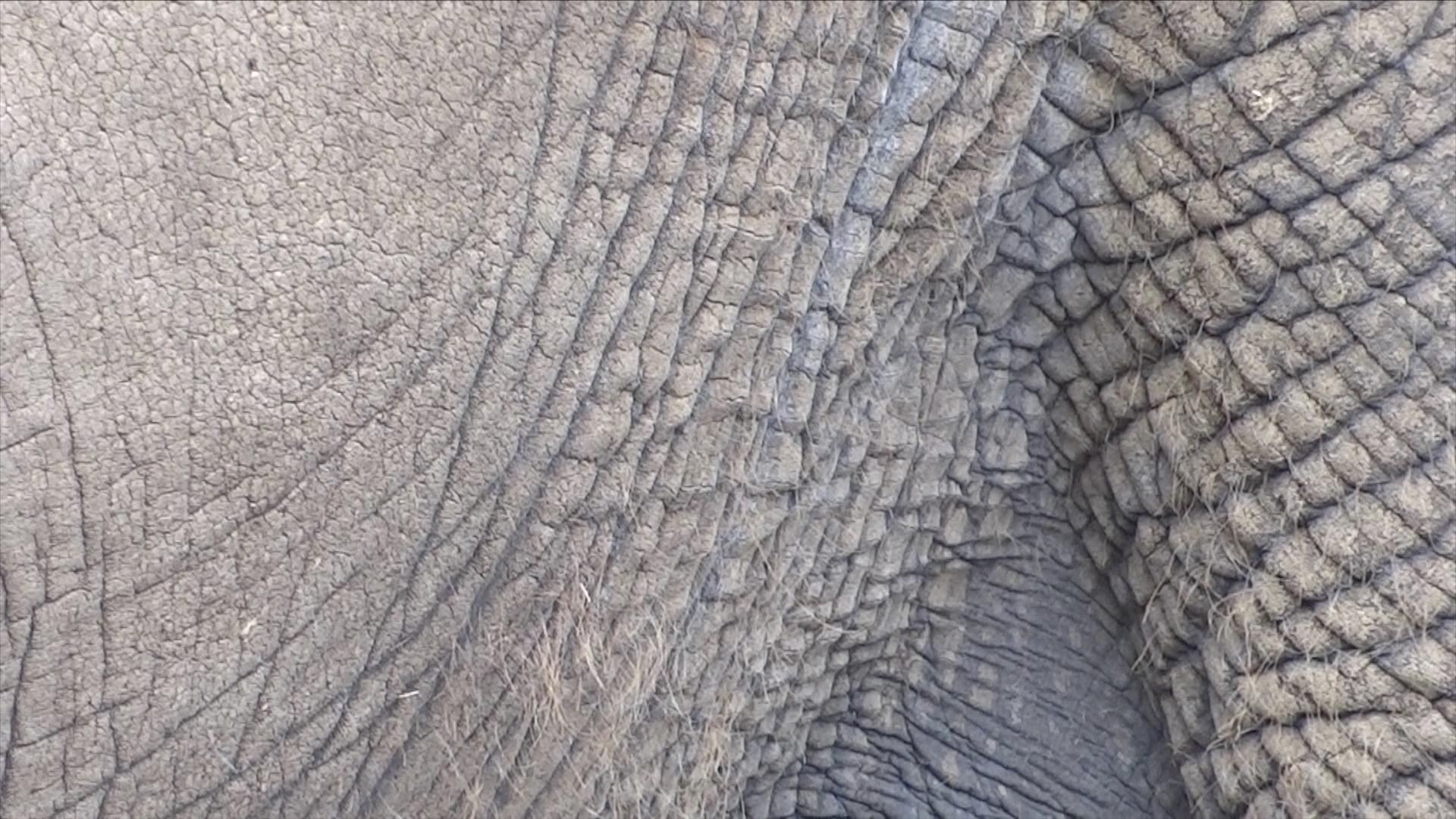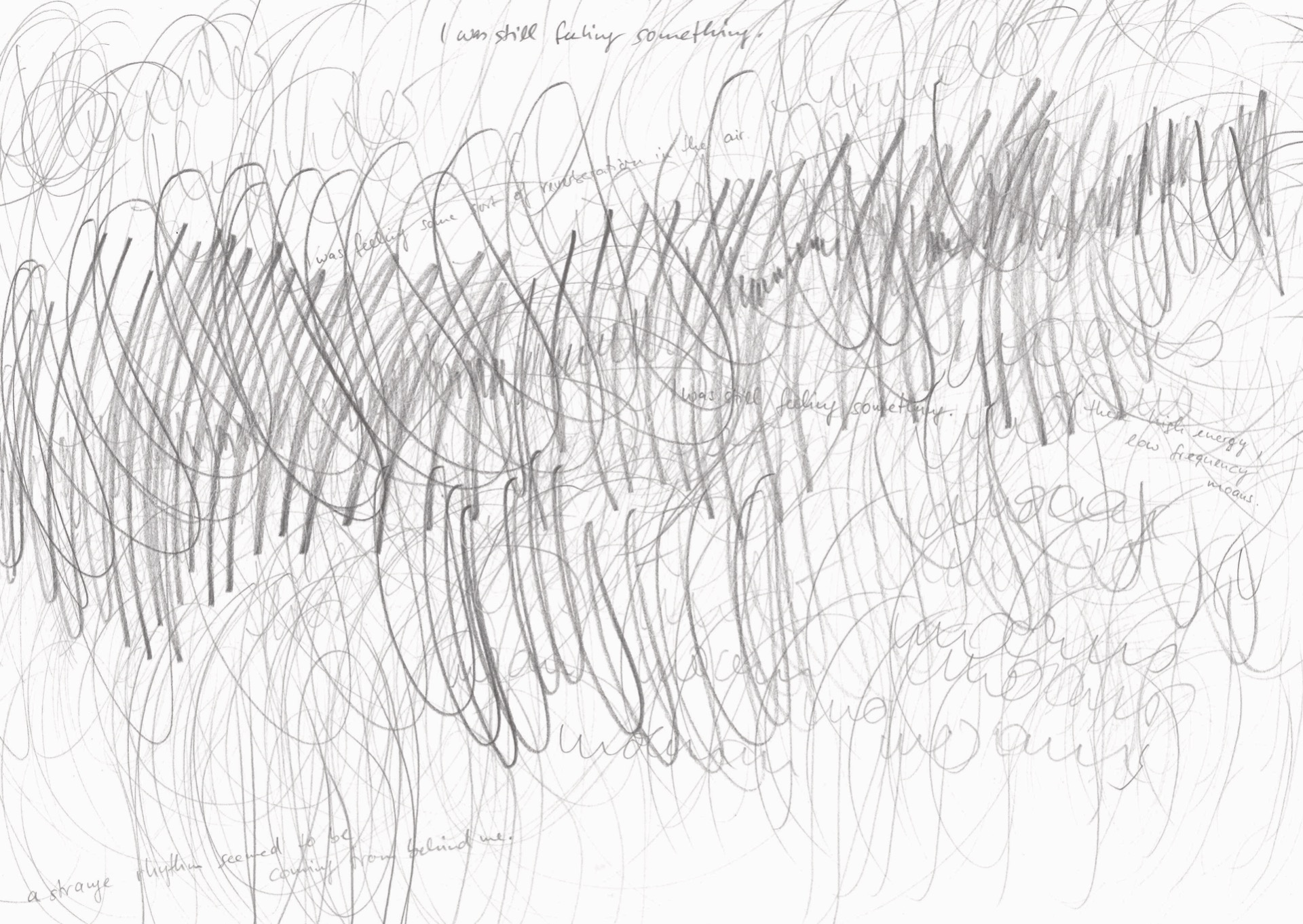
Texte zur Sprache
Auszüge aus meinem Buch "And say the elephant responded", Künstlerinnen Ausgabe 2020
Excerpts from my book "And say the elephant responded", artist edition 2020

language

"Everything that I´m about to entrust to you no doubt comes back to
asking you to respond. If you can. The said question of the said animal
in its entirety comes down to knowing not whether the animal speaks
but whether one can know what respond means.
You can speak to an animal, to the cat said to be real inasmuch as it is
an animal, but it doesn´t reply, not really, not ever, that is what Alice
concludes." (J. Derrida referring to Alice´s Adventures in Wonderland)
Jacques Derrida, ‘The Animal That Therefore I Am’ (2008), Fordham University Press, New York, p.



"I heard a faint rumble and the animals shifted, but Pet held her own.
The air thrilled a little: I felt happy for Pet.
Here came Jim with the grain and hay. All the elephants moved to
greet him, and I enjoyed his gentle voice, and again sensed a kind of
thrill in the air.
Here stood little Sunshine reaching toward me through the bars; behind
her, her mother standing by, to ʻturn me into noodlesʼ should I prove
untrustworthy. The airplaine throbbed, reminding me of the faint
"A fully grown African elephant, facing left, staring out to sea! ...The
throbbing was back in the air. I could feel it, and I began to understand
why. The blue whale was on the surface again, pointed inshore, resting,
her blowhole clearly visible. The Matriarch was here for the whale! The
largest animal in the ocean and the largest living land animal were no
more than a hundred yards apart, and I was convinced that they were
communicating! In infrasound, in concert, sharing big brains and long
lives, understanding the pain of high investment in a few precious
offsprings, aware of the importance and the pleasure of complex
sociality, these rare and lovely great ladies were commiserating over the
back fence of this rocky Cape shore, woman to woman, matriarch to
matriarch, almost the last of their kind."
Lyall Watson, ‘Elephantoms, Tracking the Elephant’ (2003), Norton Paperback, New York, pp. 207-208
throbbing, or thrilling, or shuddering I´d felt at that moment. It had
been like the feeling of thunder but there´d been no thunder. There had
been no loud sound at all, just throbbing and then nothing.
I felt what I could not hear. My ears were approaching the lower limit
of their ability to perceive vibrations as sound.
Among animals only the great fin and blue whales were able to make
powerful infrasonic calls. No land animal approached the mass or power
of these great mammals of the sea, but now I wondered: might
elephants, too, be using infrasound in communication?"
Katy Payne, ‘Silent Thunder, the hidden voice of elephants’ (1998), Jonathan Ball Publishers, pp. 20-21

Katharine Boynton Payne <---------> schrieb am 23:29 Samstag, 30.Juni 2018:
Dear Tanja,
How remarkable! The elephants are clearly fascinated by the whale calls -- searching for the source -- not frightened or aggressive, just very curious and prolongedly attentive -- spreading their ears to focus on, and directing their trunks to smell whatever it is -- I presume the trunks are directed toward the speaker?? if so it's a good indication of directional hearing -- They're reacting pretty much as I do -- "what in the world is that?" I suspect they recognize it as an animal's voice but not an elephant's -- if they were responding to played-back elephant voices they'd be more physically emotional and vocal -- in this case they seem almost wholly engaged in listening -- meanwhile putting trunks in one another's mouths suggests mutual comforting --
This is just my first reaction. I'll listen and watch and write you again. Thank you so much for sending this!!
Best
Katy